Home>Furniture & Design>Living Room Furniture>What Is A Console Table Used For
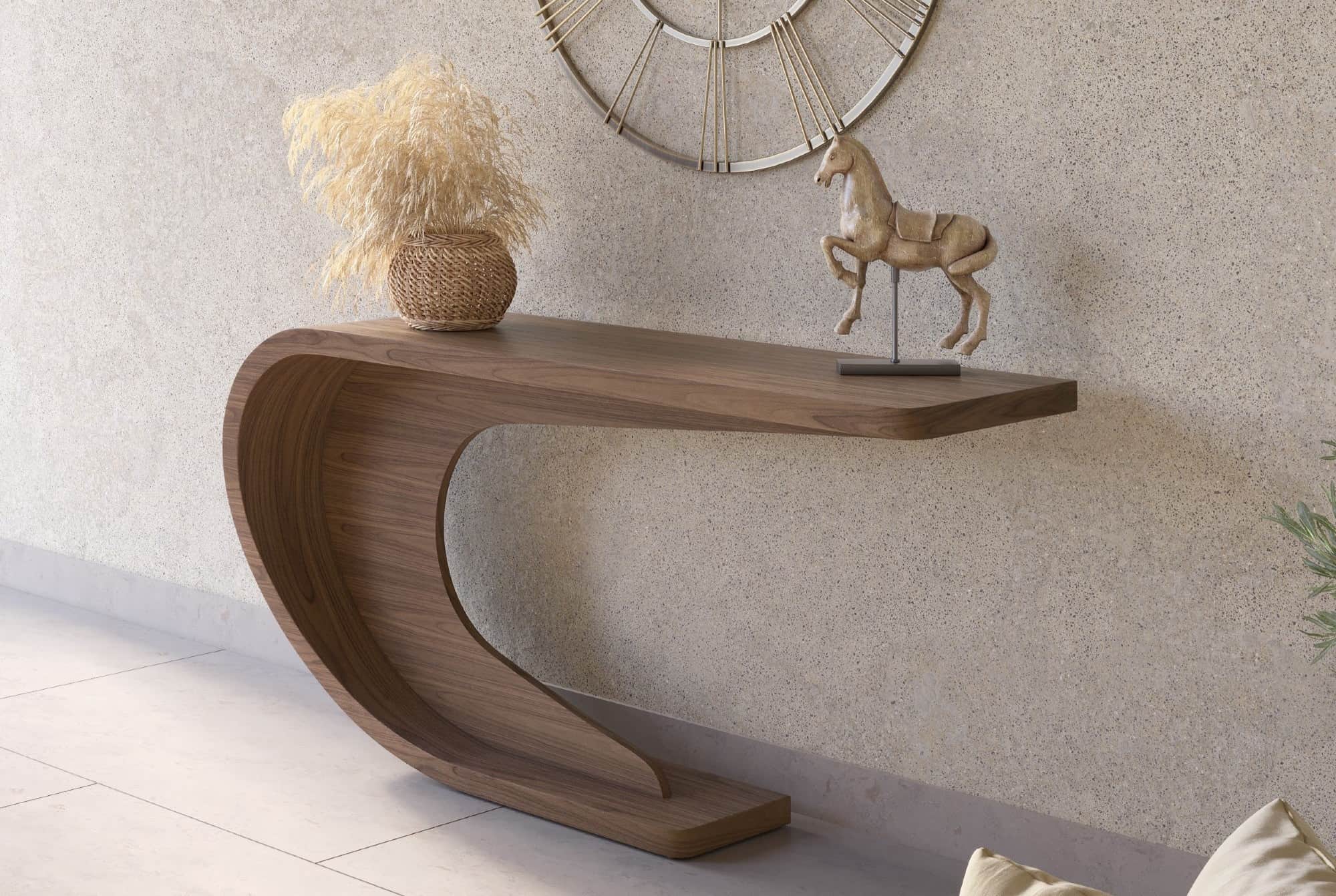

Living Room Furniture
What Is A Console Table Used For
Modified: January 20, 2024
Discover the versatility of console tables in your living room. Explore our wide selection of living room furniture and design ideas for the perfect console table.
(Many of the links in this article redirect to a specific reviewed product. Your purchase of these products through affiliate links helps to generate commission for Storables.com, at no extra cost. Learn more)
Introduction
Welcome to the world of console tables – versatile pieces of furniture that blend functionality and style. Whether you’re looking to add a practical element to your living room or a decorative accent to your entryway, console tables can be the perfect choice. In this article, we will explore the many uses and design options available for console tables.
Console tables, also known as sofa tables or entryway tables, have a long history dating back to ancient times. Initially used as a support for wall-mounted candlesticks or lamps, console tables have evolved over the years to become a multi-purpose piece that complements various interior design styles.
With their narrow and elongated shape, console tables are designed to fit snugly against a wall, making them ideal for compact spaces. They typically feature a flat top, supported by legs or a solid base, and sometimes come with additional storage options such as drawers or shelves.
When it comes to console table design, the sky’s the limit. From sleek and modern to ornate and traditional, there is a style to suit every taste and aesthetic. Console tables can be made from a variety of materials, including wood, metal, glass, and even marble, allowing you to customize your choice based on your preferences and existing decor.
While console tables are often used as a decorative focal point in an entryway, they can also serve practical purposes in other areas of the home. In the living room, a console table can act as a convenient surface to display treasured photographs or art pieces. It can also serve as a makeshift bar when entertaining guests, providing a spot to showcase your finest glassware and bottles.
In the bedroom, a console table can act as a stylish vanity, offering a place to store and organize makeup, jewelry, and accessories. Additionally, console tables can be a valuable addition to a home office, providing a dedicated space to keep essentials like pens, notebooks, and a desk lamp.
Console tables are not limited to indoor spaces either. They can also be utilized in outdoor areas such as garden patios or balconies. Placed against a wall, a console table can be an excellent location to set up potted plants or display outdoor decor items.
Pairing a console table with other furniture pieces can create a cohesive and visually appealing look. For example, placing a console table behind a sofa can help define the seating area and provide a surface for lamps or decorative accents. In the dining room, a console table can be used to showcase dinnerware or act as a serving station during meals.
Now that you have an introduction to the world of console tables, let’s dive deeper into their history, common features, different styles, materials used, practical uses, decorative uses, and placement in various rooms. By the end of this article, you’ll have all the knowledge you need to choose the perfect console table for your home.
Key Takeaways:
- Console tables are versatile, stylish, and practical furniture pieces that can enhance any room in your home. From entryways to living rooms, bedrooms, and outdoor spaces, console tables offer both functionality and aesthetic appeal.
- With a rich history, diverse styles, and a wide range of materials, console tables can serve as decorative focal points, practical storage solutions, and stylish additions to any room. Their slim profile and versatile placement make them a valuable and visually captivating furniture piece.
Read more: What Is A Console Table?
Definition of a Console Table
A console table is a versatile piece of furniture that typically features a narrow and elongated design with a flat top supported by legs or a solid base. It is specifically designed to be placed against a wall, making it an ideal choice for narrow spaces, hallways, entryways, or behind a sofa.
Console tables, also known as sofa tables or entryway tables, are often considered a hybrid between a table and a decorative accent. While they can certainly serve practical functions, such as providing a surface for displaying decorative items or storing essentials, console tables are primarily chosen for their aesthetic appeal.
The defining characteristic of a console table is its slim profile. Unlike traditional dining or coffee tables, console tables typically have a depth ranging from 12 to 18 inches, allowing them to occupy minimal space while maximizing functionality. The width and height of console tables can vary depending on the design and intended use.
One key feature of console tables is their placement against a wall. This positioning allows the table to serve as a visual anchor in a room, creating a focal point that draws the eye. The wall-bound nature of console tables also lends itself well to decorative displays, as it provides a backdrop for showcasing art pieces, photographs, or other decorative items.
Console tables can be found in a variety of materials and styles, allowing homeowners to select a design that complements their existing décor or desired aesthetic. Common materials used for console tables include wood, metal, glass, and even marble, each offering unique characteristics and visual appeal.
While the primary function of console tables may be decorative, they can also offer practical storage solutions. Many console tables feature drawers, shelves, or cabinets, providing extra space to stow away daily essentials, such as keys, mail, or small electronic devices. This combination of style and functionality makes console tables a popular choice for entryways or living rooms where both storage and visual impact are desired.
Overall, a console table can be defined as a versatile and stylish piece of furniture that adds character and functionality to a room. Whether used as a decorative accent, a surface for displaying cherished items, or a practical storage solution, a console table is a versatile addition to any home.
History of Console Tables
The history of console tables can be traced back to ancient civilizations, where they served both practical and decorative purposes. It is believed that the concept of console tables originated in ancient Rome and Egypt, where they were often used as support structures for lamps, vases, or decorative objects.
In ancient Rome, console tables, or “consolles” as they were called, were primarily made of marble or stone and featured intricate carvings and elaborate designs. These tables were often placed against the walls of grand houses and palaces, serving as a display for precious objects and artworks.
During the Renaissance period in Europe, console tables continued to evolve in their design and functionality. They became a popular choice for grand entrances and hallways in palaces and stately homes. Console tables made during this period were often ornately decorated with gilded accents, intricate carvings, and marble tops.
In the 18th century, console tables gained popularity in France and England. French console tables were known for their graceful and curvaceous designs, often featuring intricate details such as cabriole legs, delicate scrollwork, and decorative ormolu accents.
English console tables of the time showcased more restrained and classical designs, taking inspiration from ancient Greek and Roman architecture. These tables had simpler lines and often featured solid wood construction, with mahogany being a popular choice.
As console tables evolved, they began to find their place in a wider range of interiors. They were no longer reserved for grand palaces and mansions but became a staple in middle-class homes as well. The introduction of simpler and more affordable designs made console tables accessible to a broader audience.
In the modern era, console tables have adapted to suit different interior design styles, from minimalist and contemporary to rustic and industrial. While they still maintain their characteristic narrow form and serve as decorative accents, their versatility has expanded to incorporate new features such as built-in charging stations, integrated lighting, and modular designs.
Today, console tables continue to be a popular choice for homeowners who seek a furniture piece that combines functionality and style. They can be found in a variety of materials, finishes, and designs to suit individual preferences and complement the overall aesthetic of a space.
From their origins in ancient Rome to their presence in contemporary homes, console tables have undergone a remarkable transformation. They have stood the test of time, adapting to different periods and design movements, while remaining a timeless and versatile piece of furniture.
Common Features of Console Tables
Console tables, with their distinct design and purpose, have several common features that make them stand out in the world of furniture. These features ensure both functionality and style, making console tables a popular choice for a variety of spaces.
1. Slim and Narrow Profile: One of the defining features of console tables is their slim and narrow profile. Typically, console tables have a depth ranging from 12 to 18 inches, allowing them to fit comfortably against a wall without occupying too much space. This makes them ideal for small entryways, hallways, or narrow living room areas.
2. Flat Tabletop: Console tables feature a flat tabletop, providing a surface for displaying decorative items, holding keys or mail, or serving as a convenient spot for a lamp or a cup of coffee. The tabletop can be made from various materials such as wood, glass, metal, or marble, each offering a different aesthetic and level of durability.
3. Legs or Base: Console tables typically have legs or a solid base that supports the tabletop. The style of the legs or base can vary depending on the design, ranging from straight and simple to curved and ornate. This adds visual interest and enhances the overall aesthetic of the table.
4. Storage Options: While some console tables consist solely of a tabletop and legs, others come with additional storage options such as drawers, shelves, or cabinets. These storage compartments can be useful for keeping essentials like keys, wallets, or small electronic devices organized and easily accessible.
5. Versatile Placement: Console tables are designed to be placed against a wall, making them highly versatile in terms of placement. They can be used in entryways as a catch-all for keys and wallets, in living rooms for displaying photographs or decorative items, or even in bedrooms as a stylish vanity or dressing table.
6. Decorative Accents: Many console tables feature decorative accents that elevate their visual appeal. These accents can include carved details, inlays, metalwork, or ornate hardware. These decorative touches add personality and style to the table, making it a focal point in a room.
7. Variety of Styles: Console tables come in a wide range of styles, allowing homeowners to find one that suits their personal taste and complements their existing decor. Whether you prefer a modern, minimalist design or a more traditional and ornate aesthetic, there’s a console table style for every interior.
8. Customization Options: With the popularity of console tables, many manufacturers offer customization options. This allows you to choose the specific dimensions, finishes, and materials to create a console table that perfectly fits your space and reflects your personal style.
In summary, console tables share several common features that make them functional and visually appealing. Their slim profile, flat tabletop, legs or base, storage options, and versatile placement make them a versatile piece of furniture that can enhance any space. With their wide range of styles and customization options, console tables can effortlessly blend with any decor style and become a statement piece in your home.
Different Styles of Console Tables
Console tables come in a wide range of styles, from modern and minimalist to traditional and ornate. The style you choose for your console table can greatly impact the overall aesthetic of your space. Let’s explore some of the common styles of console tables:
1. Modern/Contemporary: Modern console tables are characterized by clean lines, sleek designs, and minimalistic features. They often feature a combination of materials such as glass, metal, and wood. The focus is on simplicity and functionality, with streamlined shapes and a minimalist approach to ornamentation.
2. Traditional: Traditional console tables typically have intricate details, ornate carvings, and a sense of elegance. These tables are often made from solid wood, such as mahogany or walnut, and can feature decorative elements like turned legs, scrolls, and intricate patterns. Traditional console tables are popular in classic and formal interiors.
3. Rustic/Farmhouse: Perfect for adding a touch of warmth and charm, rustic or farmhouse-style console tables have a distressed or weathered appearance. They are often made from reclaimed wood or have a distressed finish, and may include elements like brass handles or wrought-iron accents. These tables create a cozy and inviting atmosphere.
4. Industrial: Inspired by the raw and utilitarian look of factories and warehouses, industrial-style console tables feature a combination of metal and wood. They often have exposed hardware, rivets, and a distressed or rough finish. These tables add a rugged and urban aesthetic to industrial or loft-style interiors.
5. Mid-Century Modern: Influenced by the design trends of the mid-20th century, mid-century modern console tables showcase clean lines, organic shapes, and a mix of materials like wood and metal. These tables often feature tapered legs, geometric patterns, and a focus on functionality. Mid-century modern console tables bring a retro and vintage vibe to any space.
6. Glam: If you want to add a touch of luxury and glamour to your space, consider a glam-style console table. These tables often feature mirrored surfaces, metallic finishes, and crystal or glass accents. They exude elegance and opulence, making them a perfect choice for upscale and sophisticated interiors.
7. Coastal: Ideal for beach or coastal-inspired spaces, coastal-style console tables feature light colors, natural materials like wood or rattan, and breezy designs. These tables often have a distressed or whitewashed finish and may incorporate nautical elements like rope accents or seashell embellishments.
8. Scandinavian: Influenced by the design philosophy of simplicity and functionality, Scandinavian-style console tables have clean lines, light wood tones, and a minimalist aesthetic. They prioritize practicality and often feature storage compartments or sleek drawers. Scandinavian console tables create a sense of calm and serenity in any space.
9. Eclectic: For those who enjoy mixing different design styles, eclectic console tables offer a unique and personalized touch. These tables often combine elements from various styles, such as mixing a modern base with a traditional tabletop or incorporating different materials. Eclectic console tables allow for creativity and the freedom to express your personal style.
These are just a few examples of the many styles of console tables available. It’s important to choose a style that complements your existing decor and reflects your personal taste. With the variety of styles available, you can find a console table that becomes a statement piece in your home while being functional and visually appealing.
Read more: What To Put On A Console Table
Materials Used for Console Tables
Console tables are crafted from a variety of materials, each offering its unique charm and aesthetic appeal. The choice of material for a console table can greatly influence its style, durability, and overall look. Let’s explore some of the common materials used for console tables:
1. Wood: Wood is one of the most popular materials used for console tables. It offers versatility, warmth, and a classic appeal. Hardwoods like oak, walnut, mahogany, and teak are commonly used due to their durability and beauty. Wood console tables can vary in finish, ranging from natural wood tones to painted or stained finishes, allowing them to easily blend with different decor styles.
2. Metal: Metal console tables can add a sleek and contemporary look to a space. Common metals used for console tables include stainless steel, brass, iron, and aluminum. Metal tables often feature sleek lines, a minimalist design, and can be combined with other materials like glass or wood for added visual interest.
3. Glass: Glass console tables create an elegant and sophisticated look. They often have a metal or wooden frame with a glass tabletop. The transparency of glass makes these tables visually light and can help create an illusion of more space. Glass console tables are a popular choice for modern and minimalist interiors.
4. Marble: Marble is a luxurious material that adds a touch of elegance to any space. Marble console tables are known for their timeless beauty and durability. The natural veining and patterns of marble create a unique and stunning visual appeal. While marble console tables can be heavier and pricier, they make a bold statement piece in any room.
5. Rattan or Wicker: For a more relaxed and coastal aesthetic, console tables made from rattan or wicker are a popular choice. These natural materials bring warmth and texture to a space and are often seen in coastal or bohemian-inspired interiors. Rattan or wicker console tables can have a variety of finishes, such as natural, painted, or stained, allowing for customization to fit different styles.
6. Acrylic: Acrylic console tables offer a modern and contemporary look. The transparent nature of acrylic creates a visually light and airy appearance, making it a great choice for small spaces or rooms with limited natural light. Acrylic console tables can seamlessly blend with different decor styles, adding a touch of modernity and sophistication.
7. Combination of Materials: Many console tables feature a combination of materials to create a unique and visually interesting design. For example, a console table may have a wooden base with a glass or marble tabletop, combining the warmth of wood with the elegance of glass or marble. These mixed-material console tables can offer a striking focal point in a room.
When choosing a console table, consider the overall style and aesthetic of your space, as well as the durability and maintenance requirements of the materials. A well-chosen material can enhance the look and feel of your console table and contribute to the overall ambiance of your room.
A console table is often used as a decorative piece in an entryway or hallway, providing a surface for keys, mail, or decorative items. It can also be used as a small workspace or a display area for art and collectibles.
Practical Uses of Console Tables
Console tables are not only visually appealing but also serve a variety of practical purposes in a home. Their versatility and functionality make them a valuable addition to any room. Let’s explore some of the practical uses of console tables:
1. Entryway Organization: One of the most common practical uses of console tables is in the entryway or foyer. Placing a console table near the front door provides a convenient spot to store essentials like keys, wallets, or sunglasses. It can also serve as a landing strip for mail or packages, helping to keep your entryway organized and clutter-free.
2. Storage Solution: Many console tables feature drawers, shelves, or cabinets, offering additional storage options. This is especially useful in small spaces where storage can be limited. You can use the drawers or shelves to tidy up items like hats, gloves, scarves, or other accessories. The hidden storage compartments can help maintain a clean and organized space.
3. Display Surface: The flat tabletop of a console table provides an excellent surface for displaying decorative items or personal belongings. You can use it to showcase family photos, art pieces, or collectibles, adding a personal touch to your living space. The height of a console table also allows for different levels of display, making it visually interesting.
4. Serving Area: In the dining room or entertaining space, a console table can serve as a convenient serving area. You can set up a buffet-style display during gatherings, placing dishes, plates, and serving utensils on the table. It provides easy access to food and allows you to create an inviting setup for guests.
5. Home Office Organization: Console tables can be a valuable addition to home offices or workspaces. They can act as a dedicated area for keeping office supplies such as pens, notebooks, or a desk lamp. The storage compartments can be used to store documents, folders, or other work-related accessories, helping to keep your workspace tidy and efficient.
6. Vanity or Dressing Table: In bedrooms, console tables can serve as a stylish vanity or dressing table. You can place a mirror atop the table and use it for your daily beauty or grooming routine. The drawers or shelves can store makeup, jewelry, or hair accessories, providing a functional and organized space to get ready in the mornings.
7. Additional Seating: Depending on the design of the console table, you can utilize the space beneath it for additional seating. Some console tables have open designs or feature stools or ottomans that can be tucked underneath. This provides extra seating options when needed, especially in smaller living areas.
8. Media or Entertainment Center: With the advancement of technology, many console tables now feature built-in media storage or have provisions for entertainment equipment. You can place a television, gaming console, or sound system on the table and use the storage compartments to keep cords, DVDs, or other media accessories organized and easily accessible.
Whether it’s organizing your entryway, providing extra storage, or creating a functional workspace, console tables offer practical solutions for various needs in your home. Their versatile design allows them to adapt to different spaces and serve multiple functions, making them a valuable furniture piece in any room.
Decorative Uses of Console Tables
Console tables are not only functional but also serve as a decorative element in any room. Their narrow and elegant design can instantly elevate the aesthetic of a space. Let’s explore some of the decorative uses of console tables:
1. Focal Point: Placing a console table against a wall creates a focal point in a room. The table itself, with its unique design and style, becomes a visually captivating centerpiece. You can choose a console table that complements the overall decor and color scheme of the room, creating a cohesive and harmonious look.
2. Art Display: Console tables provide a perfect surface for displaying art. You can showcase sculptures, paintings, or art pieces on the tabletop or even lean larger artworks against the wall behind the table. The height of the console table allows for the artwork to be placed at eye level, making it a captivating focal point of the room.
3. Decorative Accents: Console tables offer an opportunity to display decorative items that add character and personality to a space. You can showcase items like vases, decorative bowls, candles, or figurines. Mixing different textures, heights, and colors can create an interesting and visually appealing display that reflects your personal style.
4. Mirrors: Placing a mirror above a console table adds depth and creates the illusion of more space in a room. Mirrors can also enhance the visual appeal by reflecting light and making the space feel brighter. Consider choosing a mirror that complements the style of the console table, whether it’s sleek and modern or ornate and traditional.
5. Lighting: Console tables provide an excellent surface for lamps or other lighting fixtures. Placing a table lamp on a console table not only adds ambient lighting but also serves as a decorative element. Choose a lamp that complements the overall style of the table and room, whether it’s a sleek and modern design or a classic and ornate piece.
6. Seasonal Decor: Console tables can be easily transformed with seasonal decor. During holidays or specific seasons, you can adorn the table with seasonal decorations like festive garlands, potted plants, or themed ornaments. This allows you to change the look and feel of the table and room throughout the year, adding a touch of freshness and celebration to your decor.
7. Color Accent: If you’re looking to add a pop of color to a room, a console table can be the perfect canvas. Choose a table with a bold or vibrant color to make a statement, or add colorful decorative items on the table to create visual interest. A console table can serve as a focal point for introducing bold colors into your decor scheme.
8. Styling Layers: Console tables offer multiple layers for styling, allowing for a visually dynamic and layered display. You can start with a base layer of books or a table runner and then add varying heights of decorative items on top. Experiment with different heights, textures, and shapes to create a visually pleasing arrangement.
Console tables are not solely functional but also contribute to the overall aesthetics of a room. By incorporating decorative accents, mirrors, lighting, and curated displays, console tables can add style, personality, and visual impact to any space in your home.
Placement of Console Tables in Different Rooms
Console tables are versatile pieces of furniture that can be placed in various rooms throughout your home. Their narrow design and aesthetic appeal make them a valuable addition to different spaces. Let’s explore the placement of console tables in different rooms:
1. Entryway: One of the most popular places to position a console table is in the entryway or foyer. Placing a console table here creates a welcoming first impression for guests and provides a functional spot for organizing essentials like keys, wallets, or sunglasses. You can also accessorize the table with a decorative mirror, a catch-all tray, or a vase of flowers to enhance the entryway’s aesthetic.
2. Living Room: Console tables can be placed in the living room to add both functionality and style. As a decorative element, they can be positioned behind a sofa to create a visual break and define the seating area. The table can hold lamps, decorative items, or even a small collection of books. Alternatively, you can place the console table against a wall and use it to display art, photographs, or cherished mementos.
3. Dining Room: Console tables can be a valuable addition to the dining room. Placed against a wall, a console table can serve as a convenient surface for setting up a beverage station or displaying fine china and dinnerware. It can also be used as a display area for decorative items or as a stylish serving station during meals or gatherings.
4. Bedroom: In the bedroom, a console table can serve multiple purposes. It can act as a stylish vanity or dressing table, providing a dedicated space for grooming rituals and storing makeup or personal accessories. The tabletop can accommodate a mirror, a jewelry box, or a small tray for daily essentials. Additionally, a console table in the bedroom can be used as a nightstand or bedside table, offering extra storage and a surface for a lamp or books.
5. Home Office: Console tables can be functional additions to a home office or workspace. Placed against a wall, a console table can act as a desk, providing a work surface for your laptop, notebook, and other essentials. The storage compartments can be used to keep office supplies organized while contributing to the aesthetic appeal of the room. You can also place a lamp or other decorative items on the table to personalize your workspace.
6. Bathroom: In a bathroom, a console table can add elegance and functionality. Placed against a wall, it can serve as a stylish storage solution for towels, toiletries, or extra bath linens. You can top the table with a tray of scented candles or decorative items to create a spa-like atmosphere. The narrow profile of the console table makes it ideal for smaller bathrooms or powder rooms.
7. Outdoor Spaces: Console tables are not limited to indoor use only. They can be placed in outdoor areas such as a garden patio, balcony, or covered porch. Outdoor console tables can be made of materials like weather-resistant wood or metal and can be used to display potted plants, lanterns, or outdoor decor items. They can create a stylish focal point while adding functionality to your outdoor living space.
The placement of console tables in different rooms depends on your specific needs, available space, and desired aesthetic. By considering the functionality and design of each room, you can utilize console tables to enhance both the appearance and practicality of your living spaces.
Read more: How To Build A Console Table
Pairing Console Tables with Other Furniture
Console tables are versatile pieces of furniture that can be easily paired with other furniture to create cohesive and well-designed spaces. Whether you’re looking to complement existing furniture or create a new arrangement, here are some tips for pairing console tables with other furniture:
1. Behind Sofas: Placing a console table behind a sofa can help define the seating area and add functionality. The console table can serve as a surface to display decorative items, hold lamps, or act as a mini bar for entertaining. This arrangement creates visual interest and utilizes the space behind the sofa that would otherwise go unused.
2. Along Hallways: Console tables are perfect for placing along hallways or in narrow spaces. Their slim profiles fit comfortably against walls, providing both aesthetics and functionality. You can pair console tables with wall-mounted mirrors or artwork to create a visually appealing gallery wall effect. Consider adding a runner or rug beneath to anchor the space and add a pop of color or pattern.
3. Flanking Entryways: For a grand and symmetrical look, pair console tables on either side of the entryway or foyer. This creates a sense of balance and provides additional storage and display space. You can add matching table lamps or decorative items on each table to create a cohesive look and enhance the welcoming atmosphere of the entryway.
4. Adjacent to Dining Areas: Place a console table adjacent to the dining area to provide extra storage and serving space. The console table can hold serving dishes, cutlery, or table linens, making it a convenient and stylish addition to the dining room. Consider coordinating the style and finish of the console table with the dining table and chairs for a unified look.
5. Bedroom Styling: In the bedroom, pair a console table with a mirror to create a stylish vanity or dressing area. The console table can be used to store makeup, jewelry, or accessories, while the mirror becomes a functional and decorative element. Choosing a console table that matches or complements the style and finish of the bedroom furniture will create a cohesive and harmonious look.
6. Combining with Bookcases or Shelving Units: Console tables can be paired with bookcases or shelving units to create a cohesive storage and display area. By placing a console table at the base of a bookcase or between two shelving units, you can create a visually appealing vignette. The console table can serve as a surface for decorative items, while the bookcase or shelving units provide additional storage and organizational space.
7. Outdoor Placement: Console tables can also be paired with outdoor furniture to create stylish outdoor living spaces. Place a console table against an outdoor wall and pair it with weather-resistant seating, such as lounge chairs or outdoor sofas. This combination creates a functional and visually appealing outdoor entertaining area.
When pairing console tables with other furniture, it’s important to consider the style, scale, and functionality of each piece. Look for complementary colors, finishes, and materials that create a cohesive and harmonious look. By thoughtfully pairing console tables with other furniture, you can create well-designed spaces that are both aesthetically pleasing and functional.
Conclusion
Console tables are versatile and stylish pieces of furniture that offer both functionality and aesthetic appeal. Their narrow and elongated design makes them ideal for various spaces, from entryways and living rooms to bedrooms and even outdoor areas.
Throughout history, console tables have evolved from simple support structures to elegant and ornate pieces of furniture. Today, they come in a wide range of styles, materials, and finishes, allowing you to find the perfect console table to suit your individual taste and complement your existing decor.
Console tables serve practical purposes, such as providing storage, organization, and display surfaces. They can be used to hold keys, mail, or daily essentials, while also showcasing decorative items, art pieces, and photographs. Console tables can also serve as vanities, serving stations, or stylish additions to home offices.
In addition to their practical uses, console tables also play a significant decorative role in interior design. They can act as focal points, display artwork or decorative accents, and enhance the overall aesthetic of a space. With the right placement, pairing with other furniture, and thoughtful styling, console tables can transform a room into a visually captivating and well-curated space.
Whether your style is modern, traditional, rustic, or eclectic, there is a console table to suit your needs. The choice of materials, from wood and metal to glass and marble, allows you to create a look that reflects your personal style and complements the overall ambiance of your home.
In conclusion, console tables are not just functional pieces of furniture but also statement pieces that contribute to the beauty and functionality of your living spaces. With their versatility, practicality, and decorative potential, console tables are a valuable addition to any home. So, go ahead and explore the world of console tables to find the perfect one that fits your style, meets your needs, and adds a touch of elegance to your living spaces.
Frequently Asked Questions about What Is A Console Table Used For
Was this page helpful?
At Storables.com, we guarantee accurate and reliable information. Our content, validated by Expert Board Contributors, is crafted following stringent Editorial Policies. We're committed to providing you with well-researched, expert-backed insights for all your informational needs.
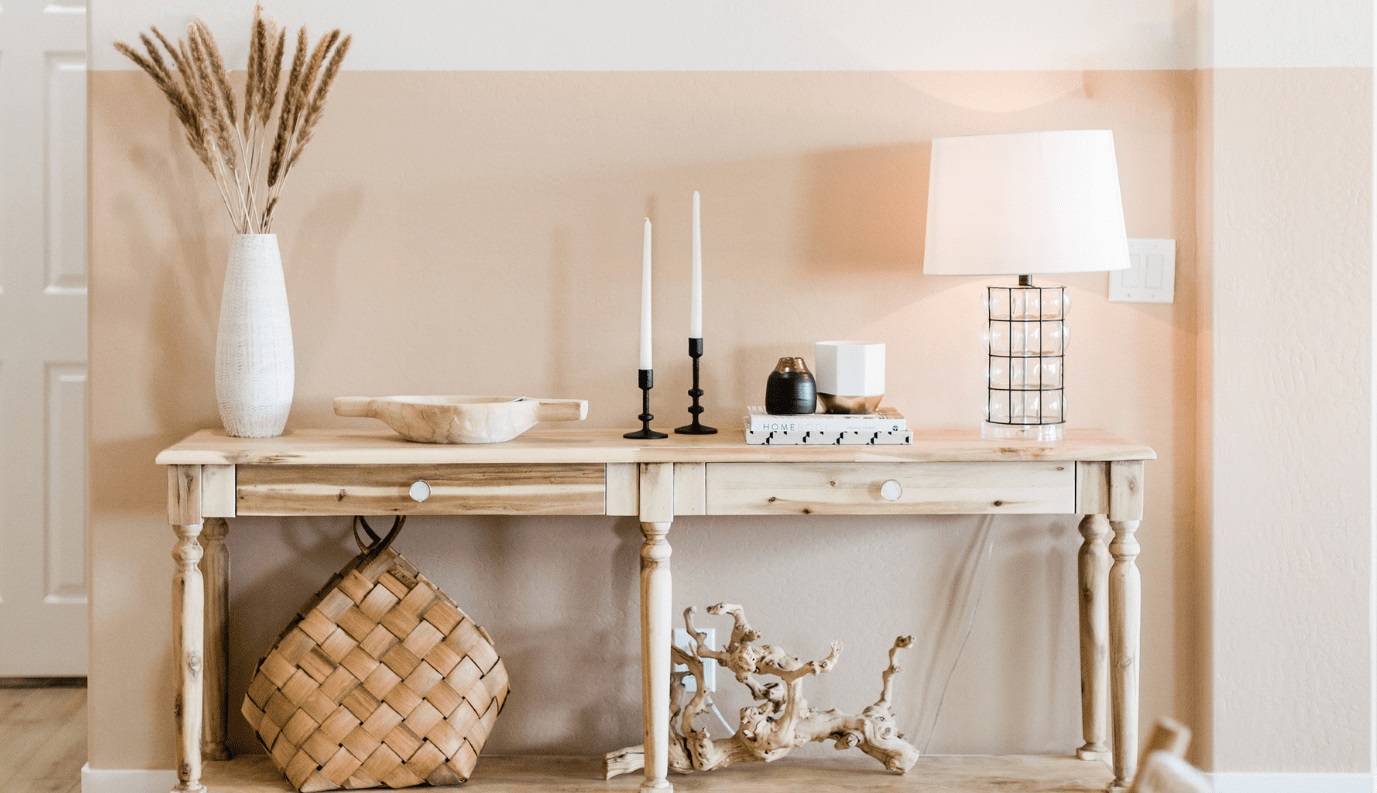
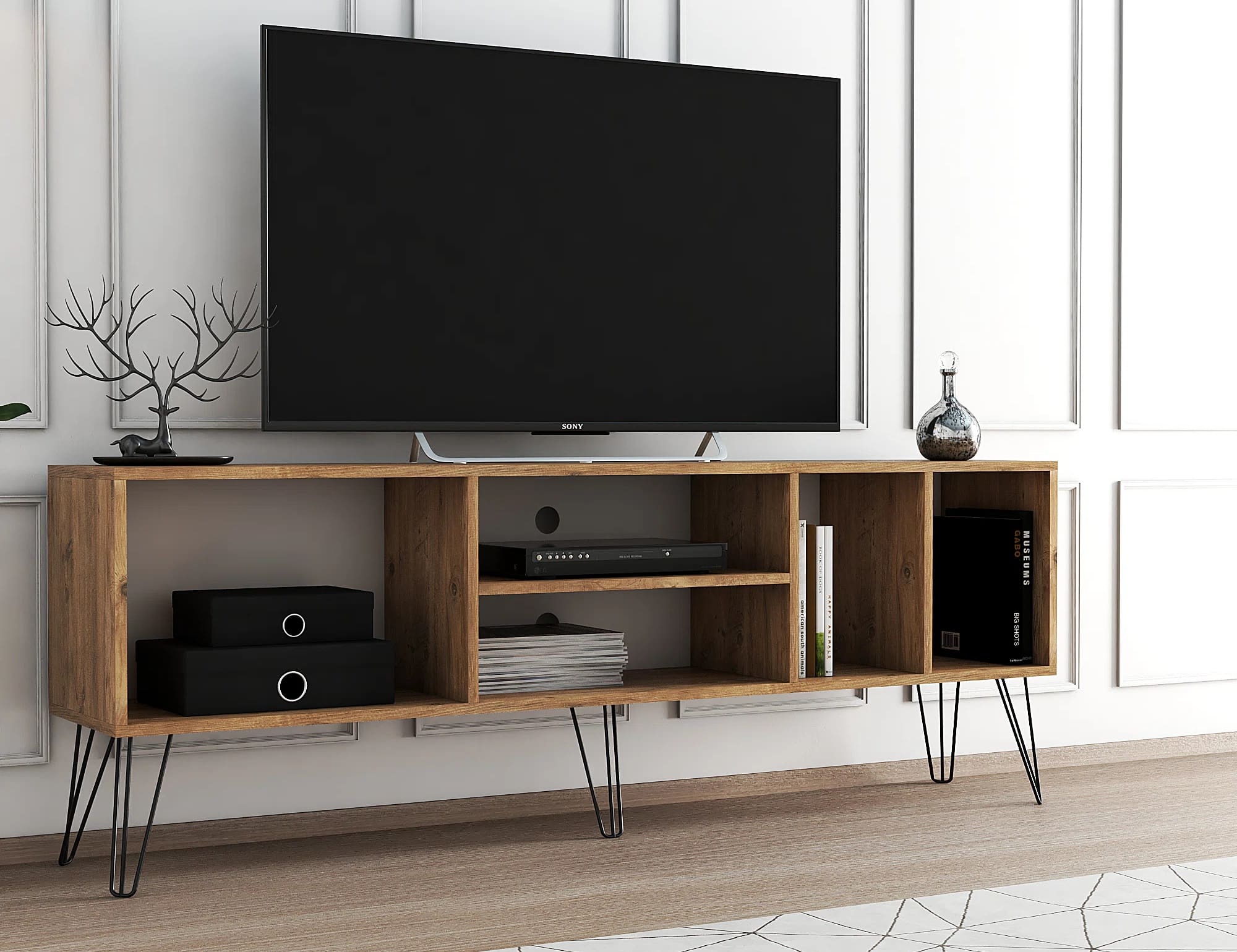
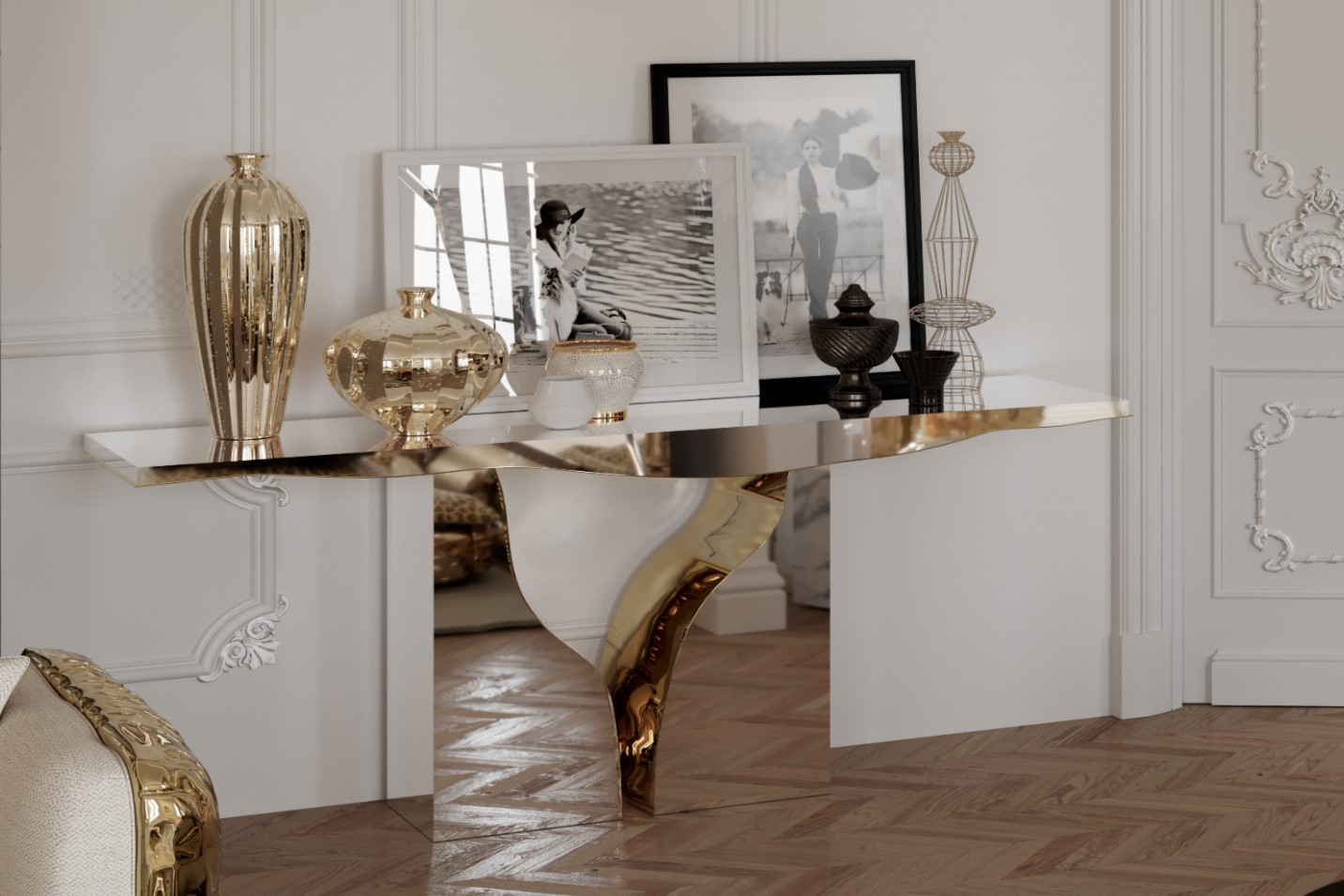
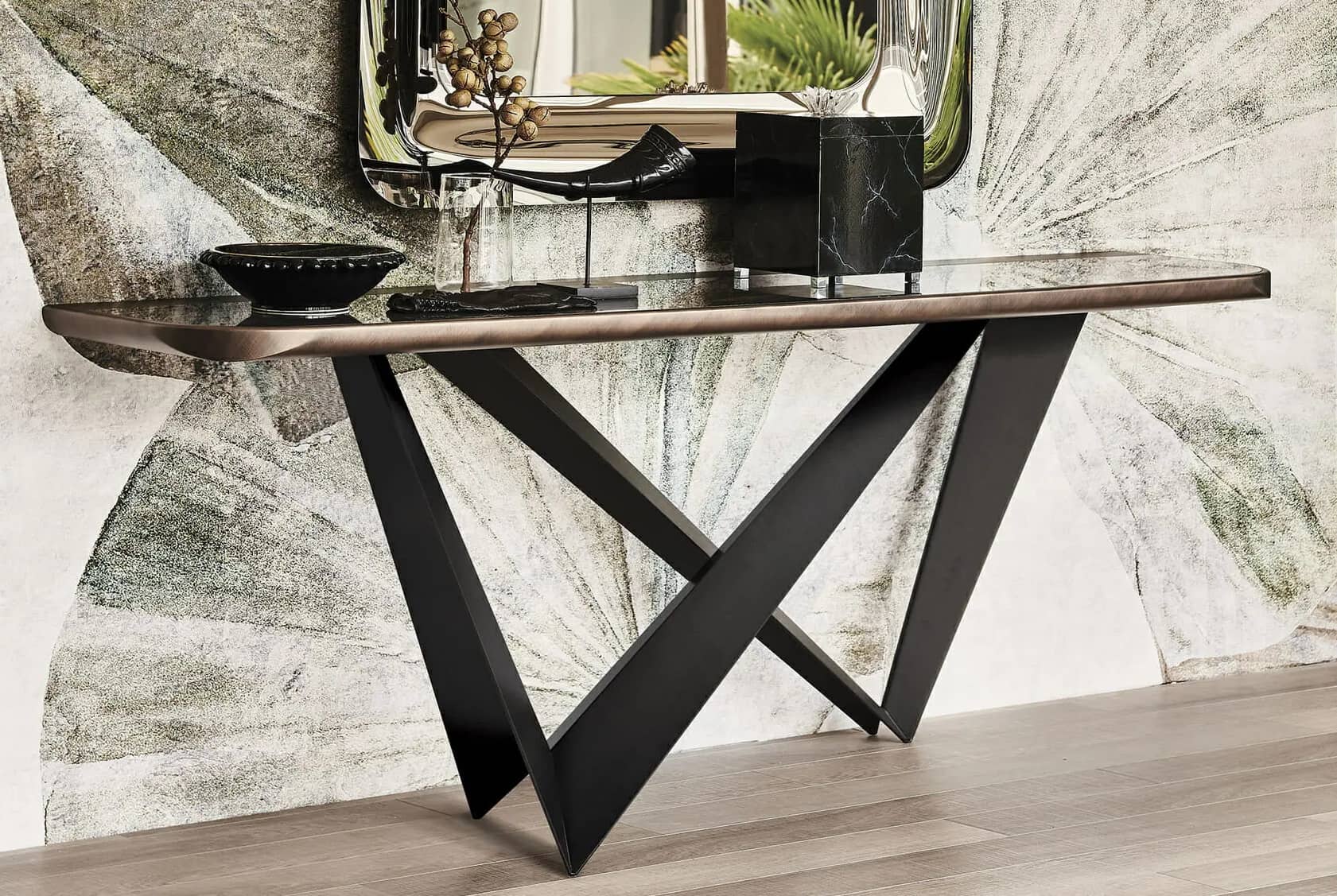
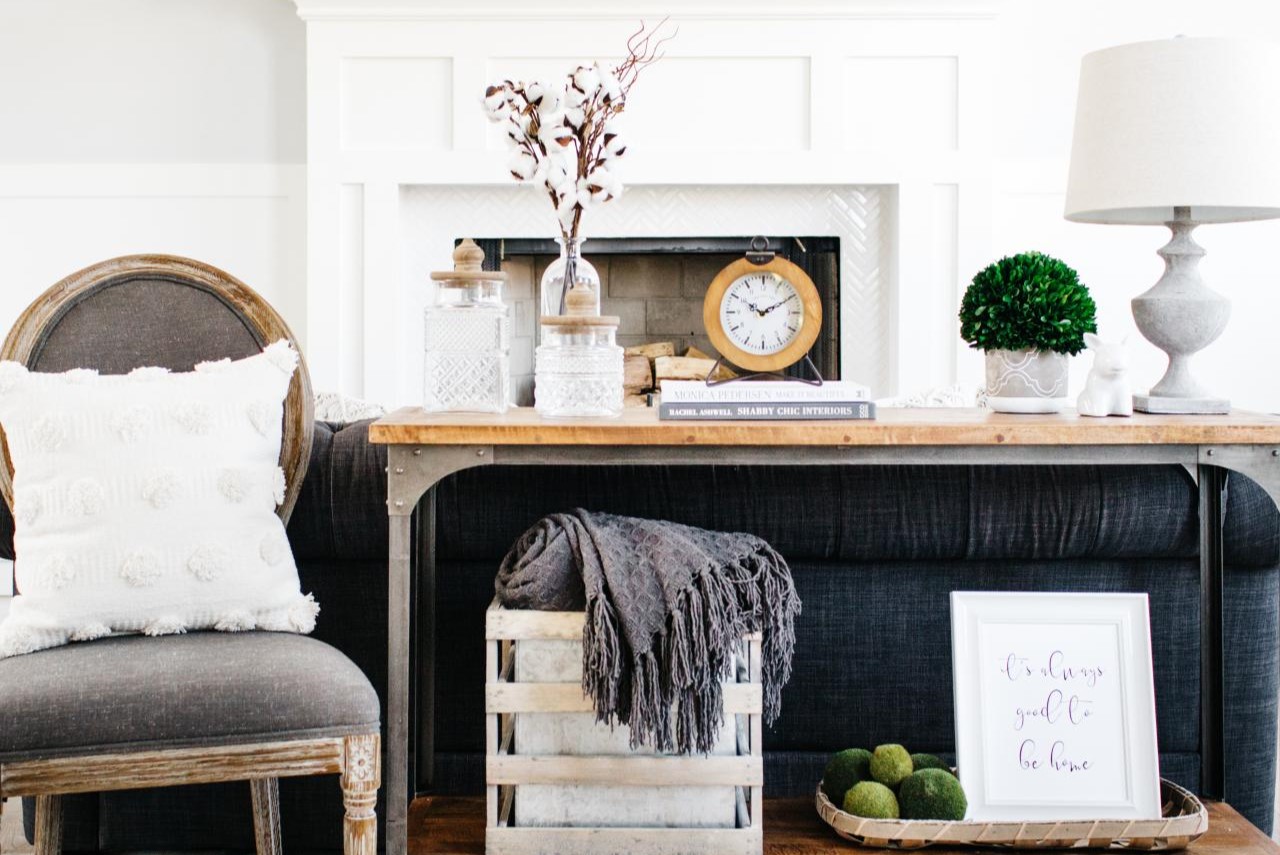
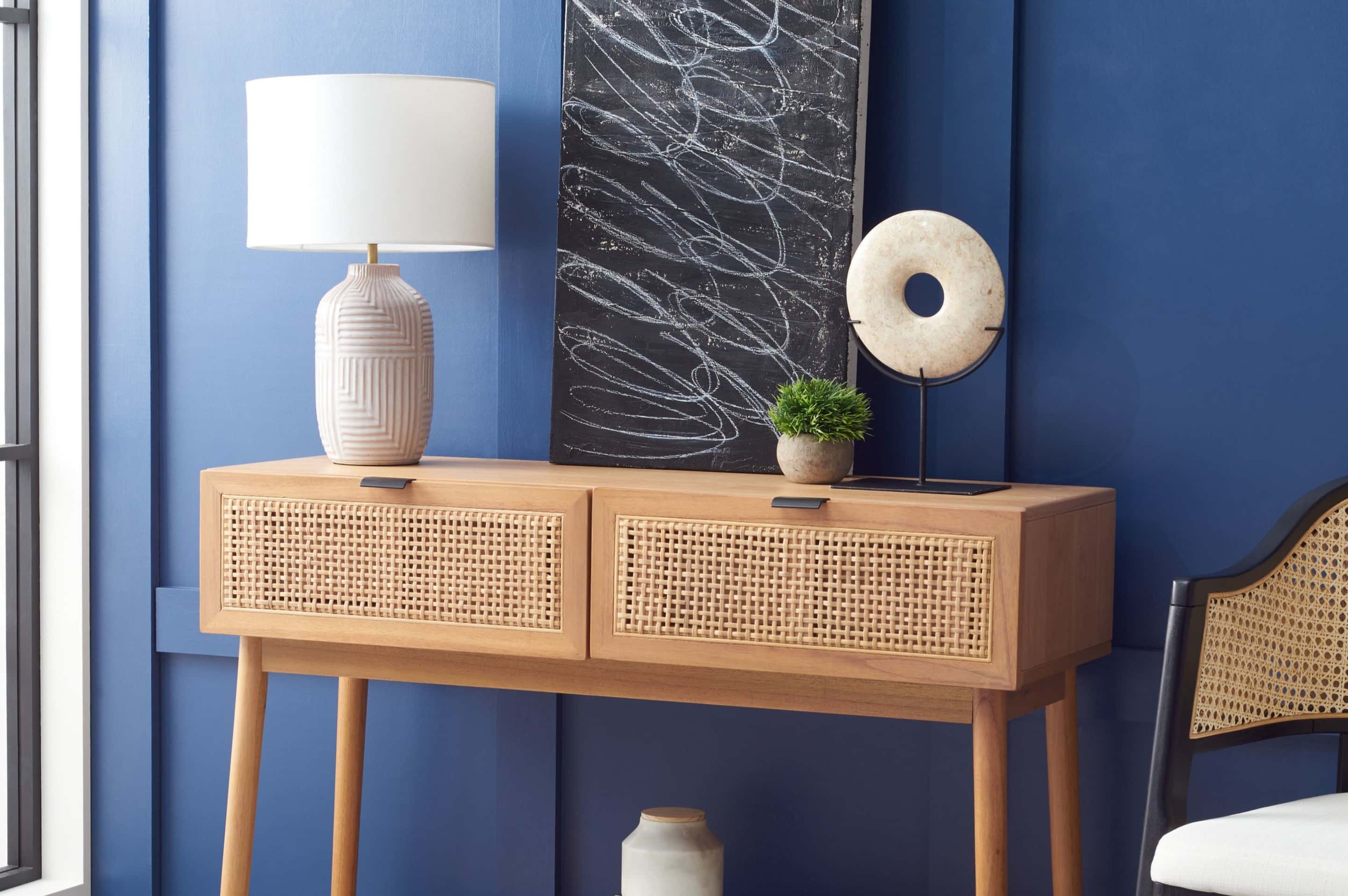
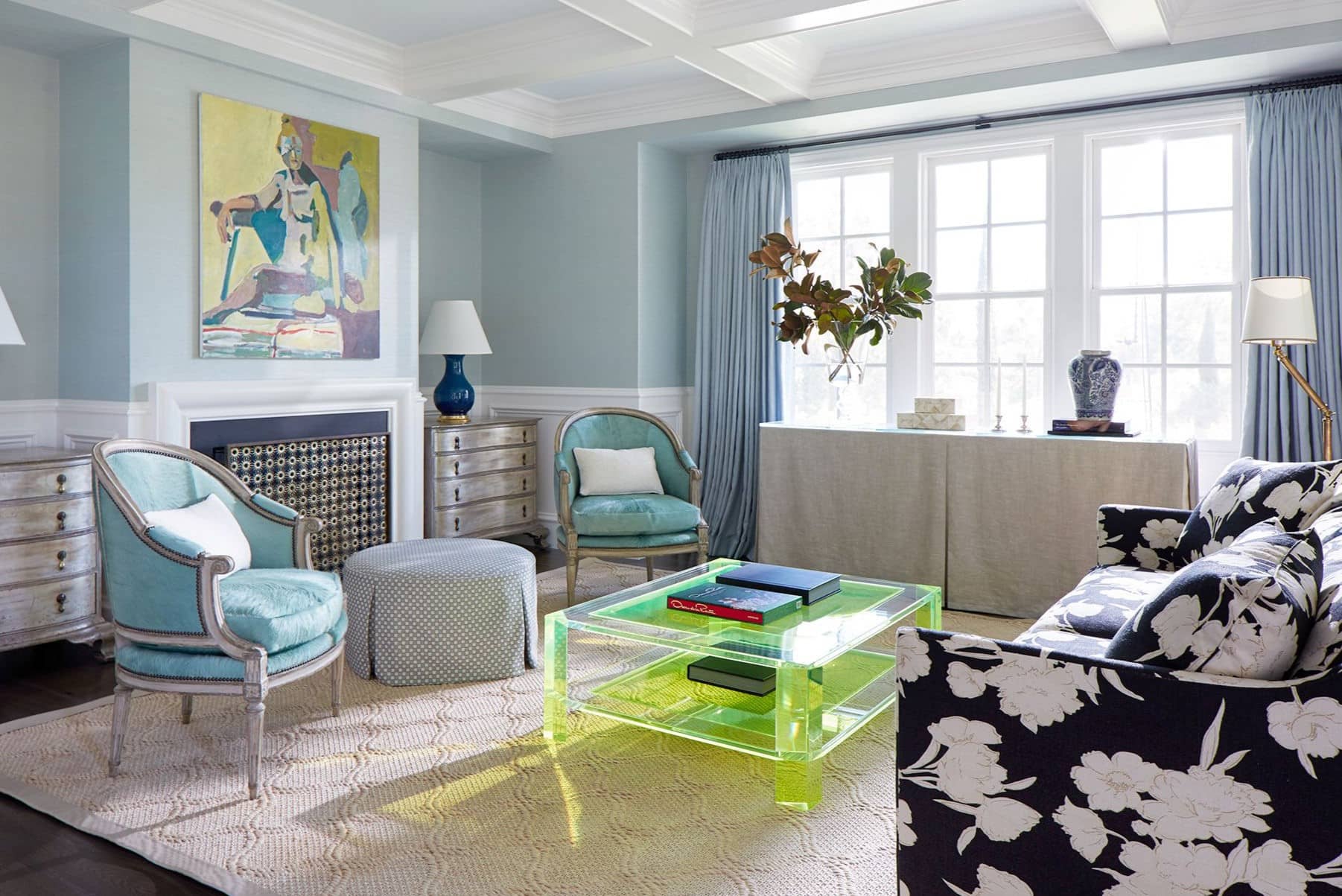
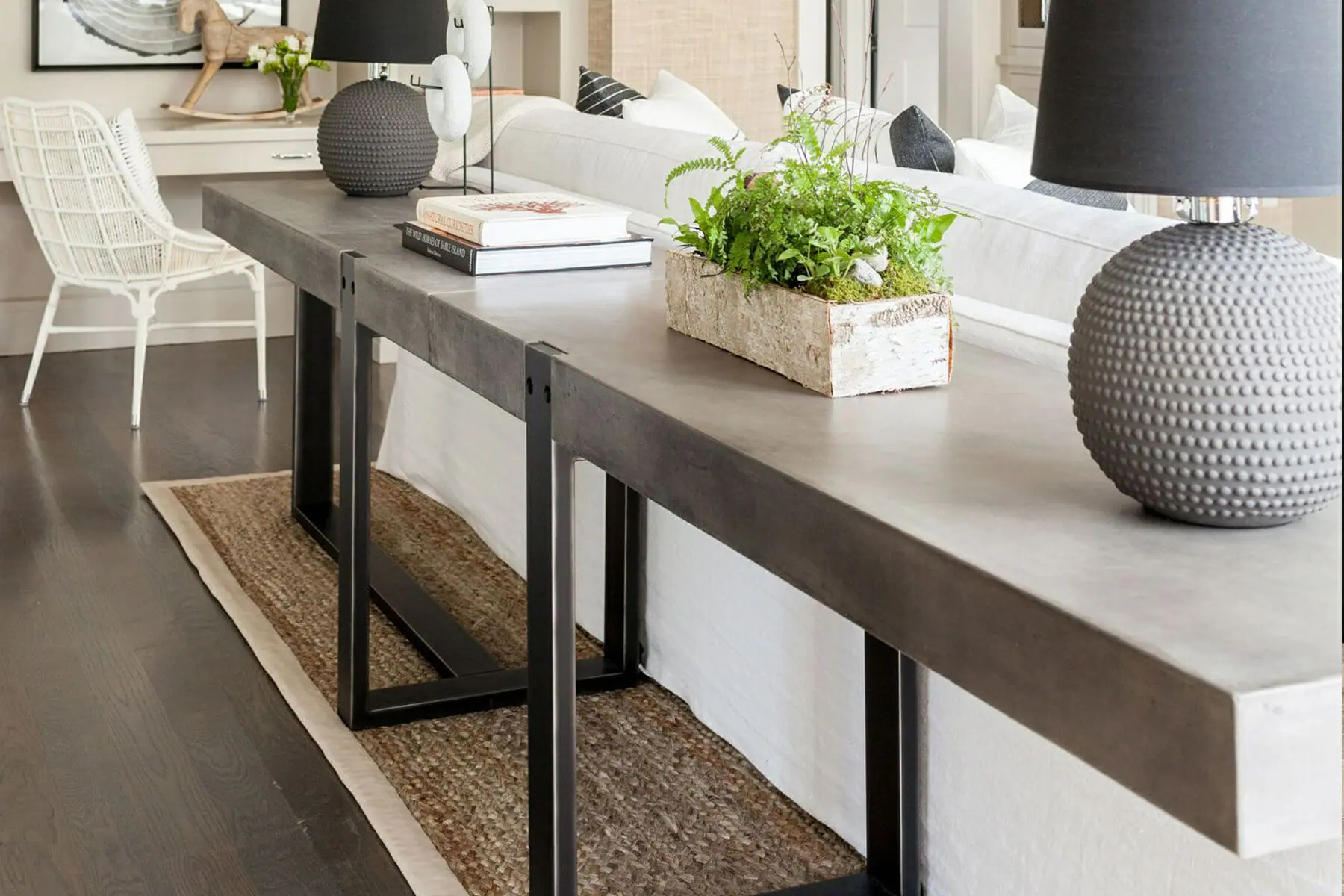
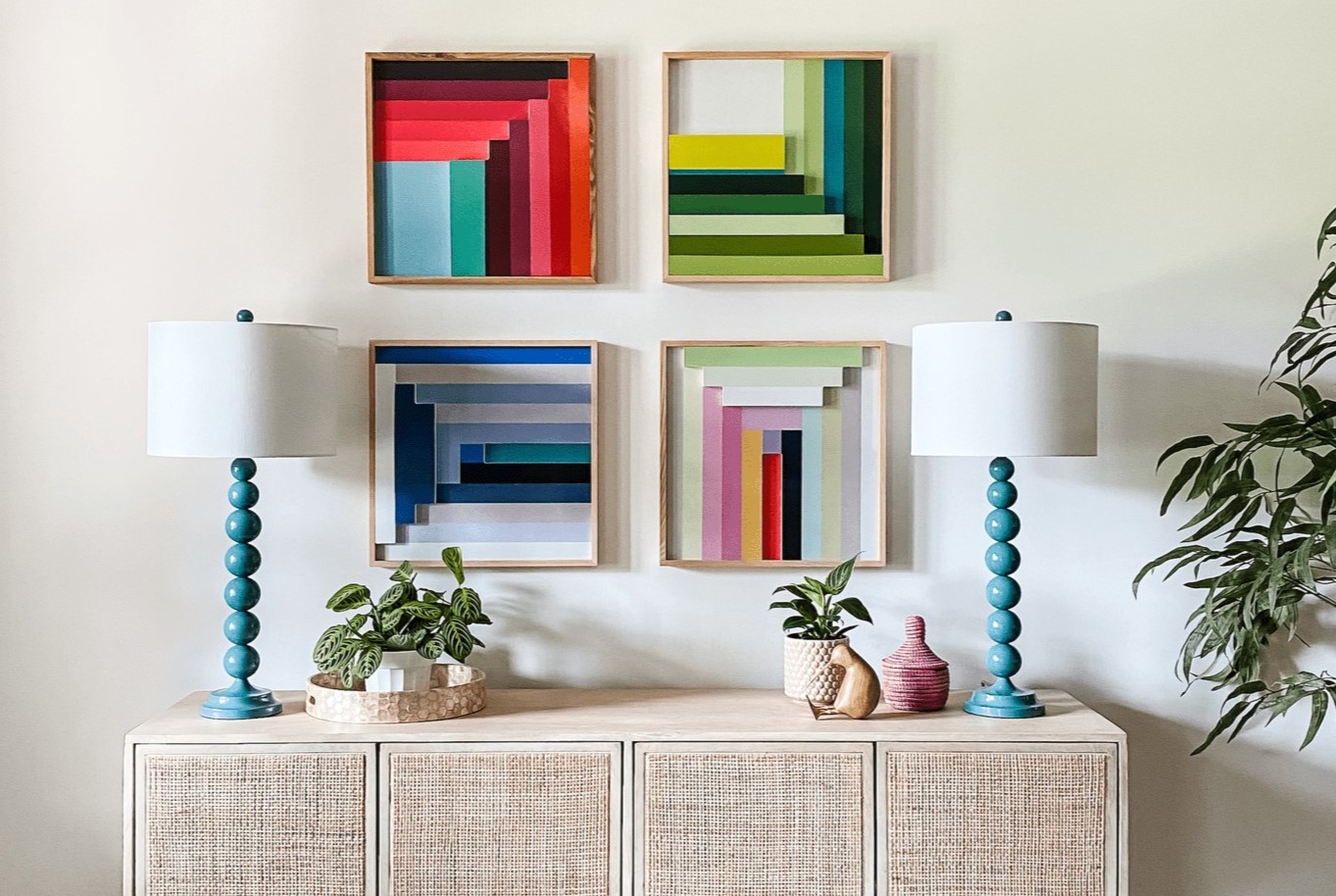
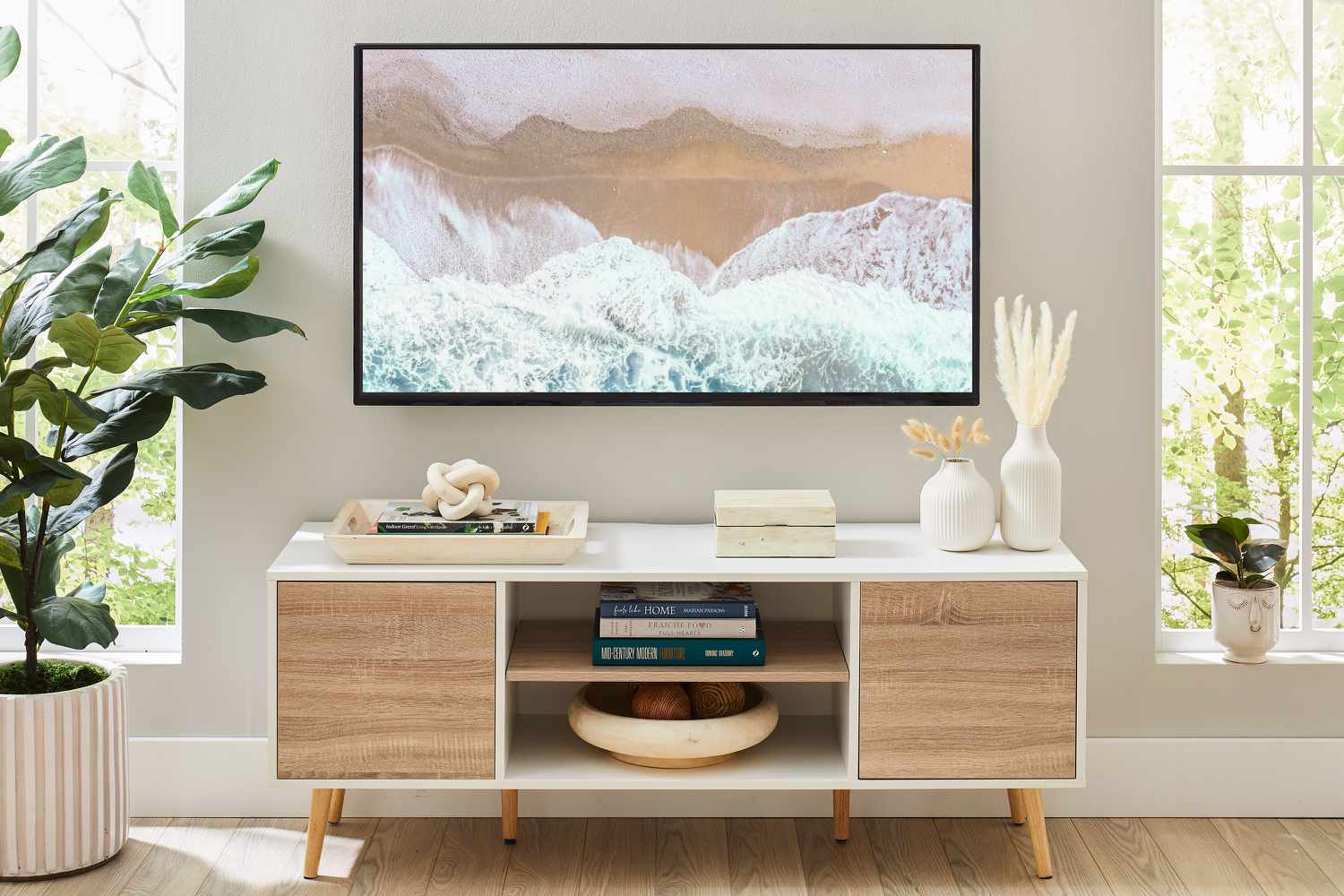

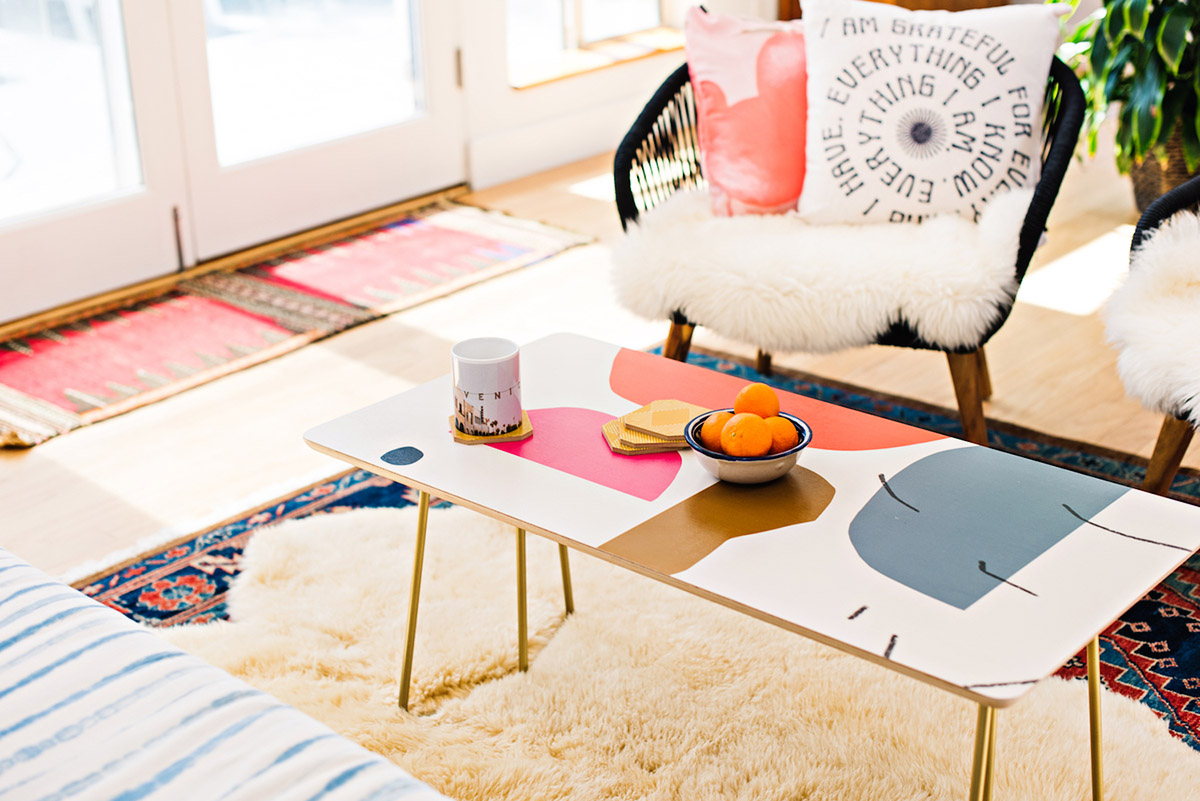
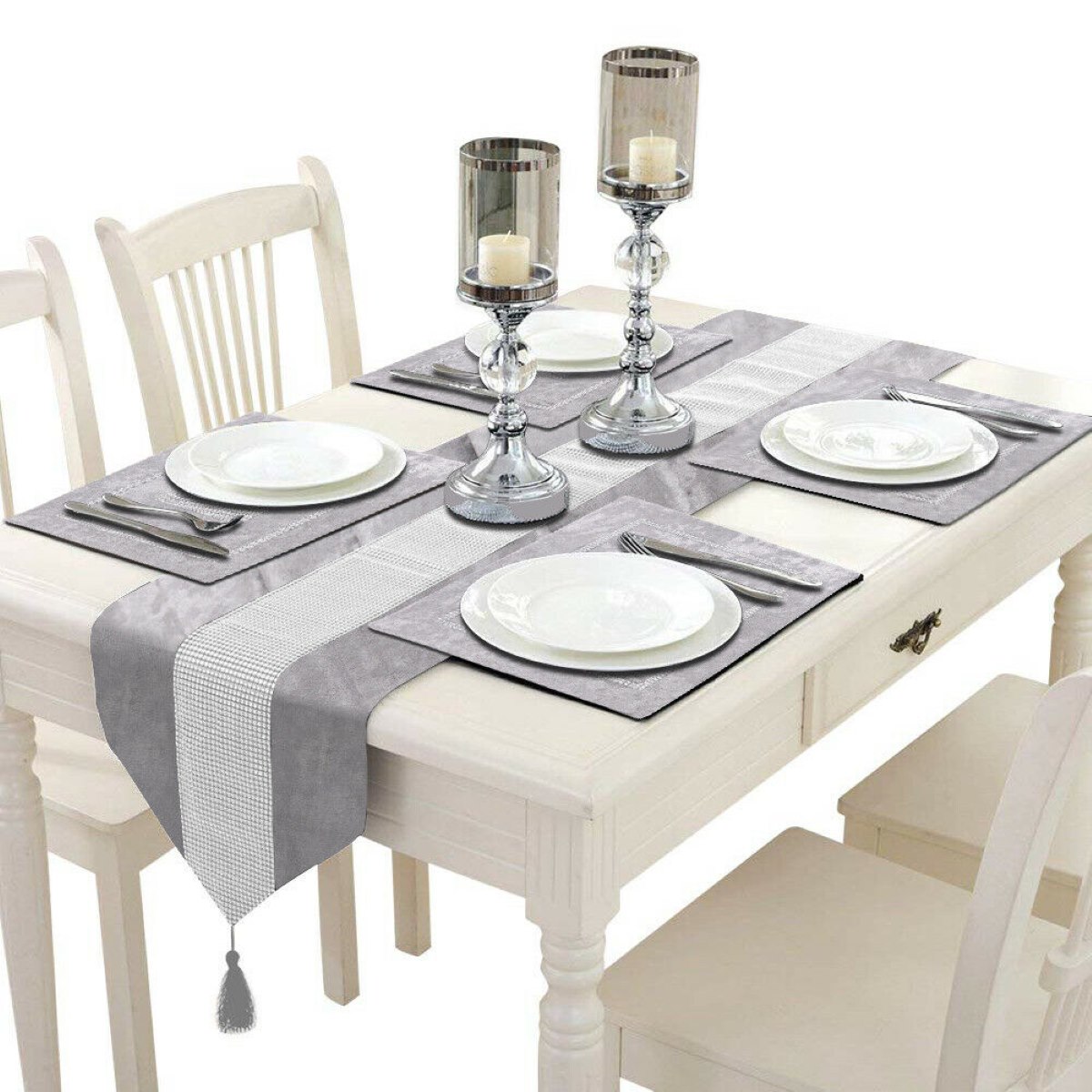

0 thoughts on “What Is A Console Table Used For”